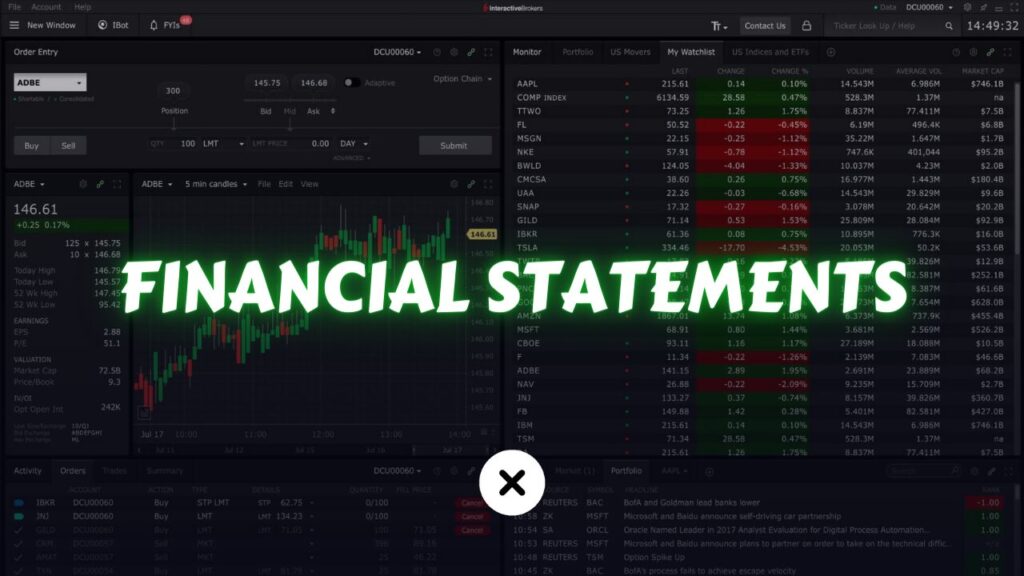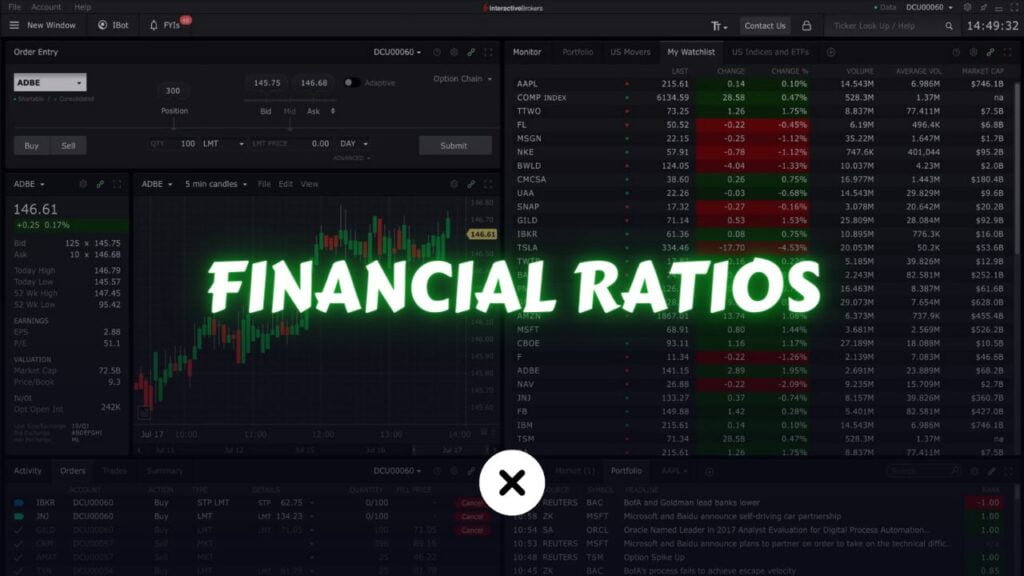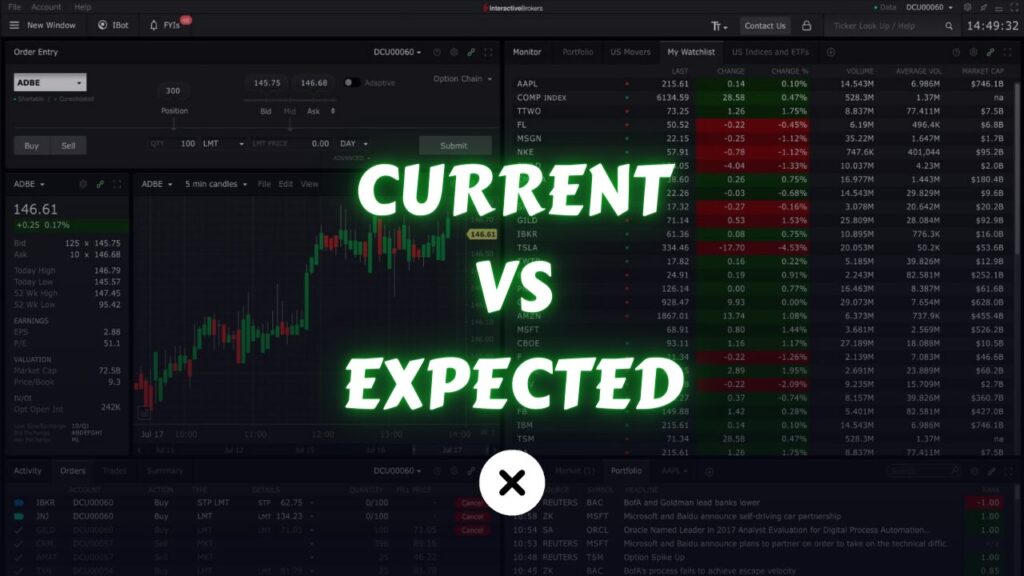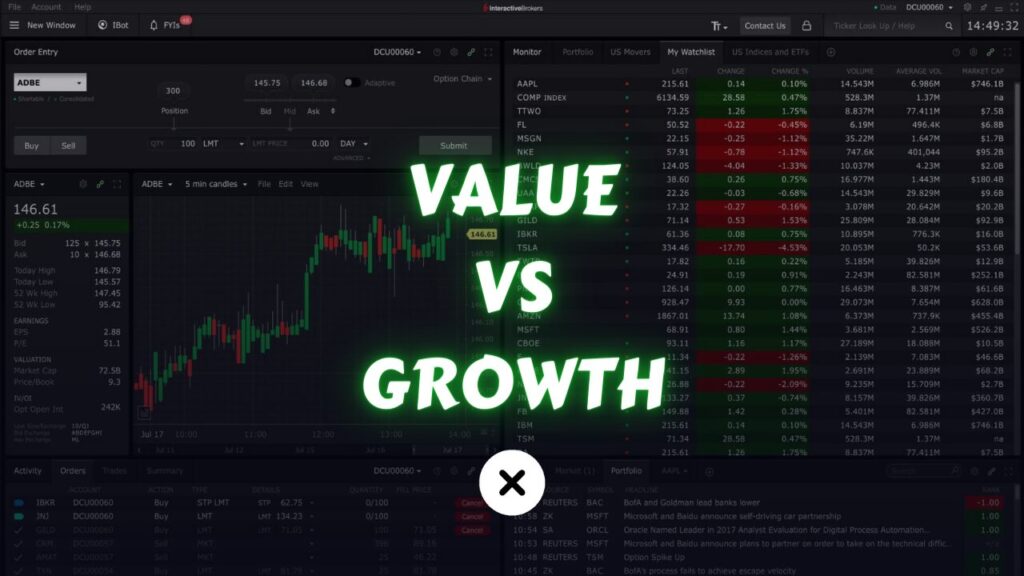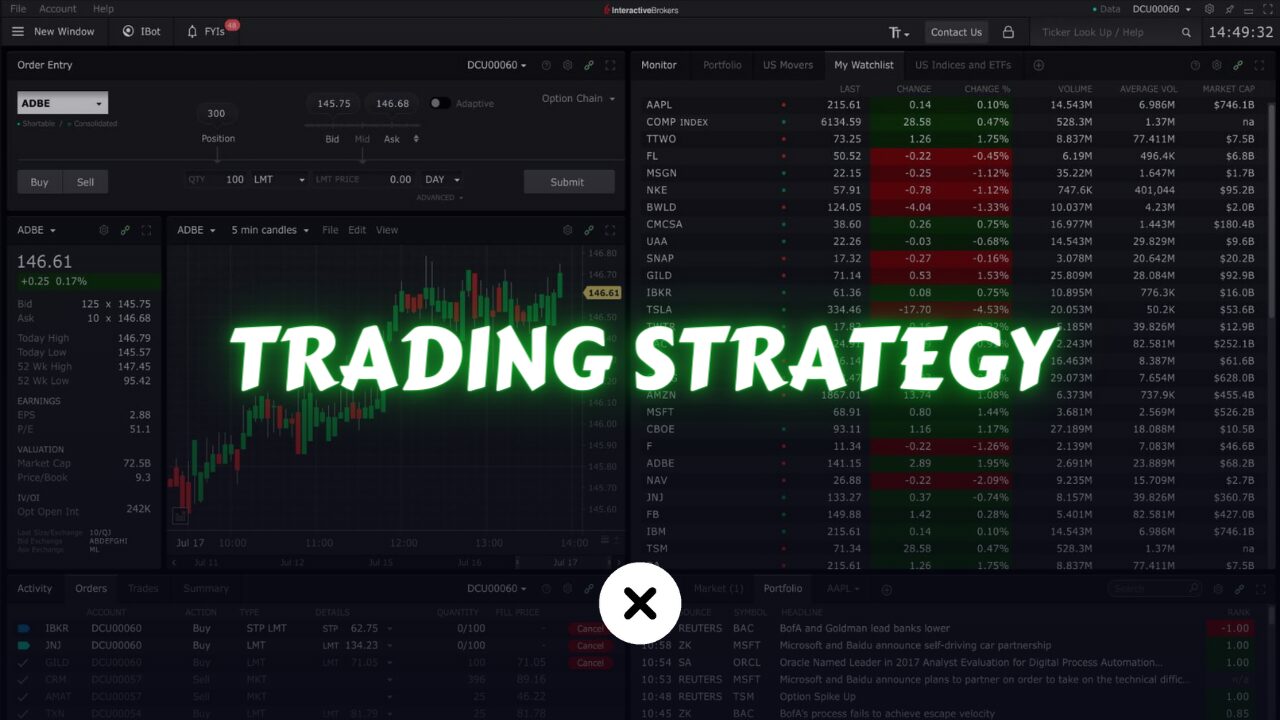
In financial markets, having a well-defined trading strategy is crucial for success. A trading strategy serves as a comprehensive plan that guides traders in making informed decisions, minimizing risks, and maximizing profits. Here, we will learn about what is a trading strategy. and various reasons why it is important to have a trading strategy and the benefits it brings to both new and experienced traders.
What is a Trading Strategy?
A trading strategy is a systematic plan developed by traders to achieve profitable returns in the financial markets. It encompasses a set of rules and criteria that guide decision-making processes, including when to enter and exit trades, how to manage risk, and how to allocate capital. Trading strategies can vary widely depending on the trader’s goals, risk tolerance, and market conditions, but all effective strategies share common elements that provide a structured approach to trading.
Key Components of a Trading Strategy
Market Selection: This involves choosing the markets in which to trade, such as stocks, forex, commodities, or cryptocurrencies. Different markets have unique characteristics and may require specialized strategies.
Timeframe: The strategy should define the timeframe for trading, whether it’s short-term (day trading or swing trading) or long-term (position trading or investing). The chosen timeframe influences the types of analysis and indicators used.
Entry and Exit Criteria: Clear rules for entering and exiting trades are crucial. These criteria can be based on technical indicators, fundamental analysis, or a combination of both. Entry criteria might include specific price levels, chart patterns, or economic data releases, while exit criteria could involve profit targets, stop-loss levels, or trailing stops.
Risk Management: Effective risk management is vital to protect capital and ensure long-term success. This component includes setting stop-loss orders, determining position sizes, and diversifying the portfolio to mitigate risk.
Position Sizing: Determining the size of each trade relative to the overall portfolio helps manage risk and ensures that no single trade disproportionately impacts the trader’s capital.
Backtesting and Optimization: Before implementing a strategy in live trading, it should be backtested using historical data to evaluate its performance. Optimization may involve tweaking the strategy parameters to improve results while avoiding overfitting to past data.
Monitoring and Review: Regularly monitoring and reviewing the strategy’s performance is essential for making adjustments based on changing market conditions and refining the approach to enhance profitability.
Types of Trading Strategies
There are two main types of trading strategies: momentum and mean-reversion. A momentum strategy focuses on capturing a big move in the market in one direction. On the other hand, a mean-reversion strategy aims to profit from the fluctuations or volatility of an asset. Every strategy you use will fall into one of these two categories.
Here are some subcategories of strategy types:
Technical Strategies: These strategies rely on technical analysis, using historical price data, charts, and indicators to predict future price movements. Common technical strategies include trend following, mean reversion, and breakout trading.
Fundamental Strategies: Fundamental strategies are based on analyzing economic indicators, financial statements, and other fundamental data to determine the intrinsic value of an asset. Investors use these strategies to identify undervalued or overvalued assets.
Quantitative Strategies: Quantitative strategies use mathematical models and algorithms to analyze market data and execute trades. These strategies often involve complex statistical methods and are commonly used in algorithmic and high-frequency trading.
Sentiment Strategies: Sentiment strategies gauge market sentiment by analyzing data from news sources, social media, and other public information. Traders use this information to make decisions based on the collective mood of the market participants.
Arbitrage Strategies: Arbitrage strategies exploit price discrepancies between different markets or instruments. Traders simultaneously buy and sell related assets to lock in risk-free profits.
Why is it Important to Have a Trading Strategy?
A trading strategy is simply a set of predefined rules that guide your trading decisions. Trading without a strategy leads to random results. Even if you sometimes make money, you won’t understand why it happened. This makes it hard to know what works and what doesn’t. Without a plan, you might have big wins one day and big losses the next. This unpredictability isn’t sustainable over the long term.
What you really want is a method that consistently makes money, focusing on steady gains rather than quick wins. The goal is to avoid wild swings where you make a lot one day and lose a lot the next. Instead, aim for a steady and reliable income. Having a set of proven rules helps you trade consistently and make profits more reliably.
A strategy provides a clear plan, helping you avoid emotional decisions and trade more consistently. You learn what works and what doesn’t, making it easier to improve your trading. A good strategy includes ways to manage risk, protecting your money. You can better predict your profits and losses, leading to more stable results. By focusing on your strategy, you can refine it and potentially increase your profits.
You can create strategies for different scenarios, and there are many types to explore. For example, you might develop a strategy around CEO resignations. If a CEO resigns, you could short the stock, becoming an expert in identifying which stocks or industries this works best for. Over time, you’ll learn which situations lead to price increases and avoid shorting those stocks. This specialization allows you to pinpoint the best opportunities.
To make this work, you can set up a system to track CEO resignations. Each time one happens, you follow your process: analyze the situation and execute the trade. This way, you can estimate how many trades will be profitable, your average returns each month, and potential losses. All these insights come from sticking to your strategy.
Without a strategy, someone trying to short a stock after a CEO resignation won’t have the same level of expertise. They might miss factors that cause the stock price to rise instead of fall, leading to losses. By contrast, your specialized approach, built on a solid strategy, increases your chances of making profits.
People who trade without a strategy often lose money in the long run. To succeed, you need a strong strategy that you understand and can follow. Set clear rules within your strategy, allowing you to trade with more predictability and stability. Over time, this disciplined approach helps you achieve consistent returns and possibly improve them through ongoing refinement.
Not every strategy fits every trader. Consider your risk tolerance, time commitment, market knowledge, mindset, and available resources when choosing a strategy. Also, remember that markets can be unpredictable, and past success doesn’t guarantee future results.
Like any competitive activity, trading requires a strategy. Even if you’re skilled in technical or fundamental analysis, you need a robust strategy to succeed. By developing and following a well-defined strategy, you can trade more consistently, manage risks, and achieve more stable and predictable results.
Here is a more summarized version of what I said above:
1. Consistency and Discipline
One of the most significant advantages of having a trading strategy is the consistency it brings to trading activities. A well-structured strategy outlines specific rules and criteria for entering and exiting trades, which helps traders avoid impulsive decisions driven by emotions such as fear and greed. Consistency in following a strategy ensures that traders stick to their plan even during market fluctuations, maintaining discipline and avoiding erratic behavior that can lead to substantial losses.
2. Risk Management
Effective risk management is a cornerstone of successful trading, and a good trading strategy incorporates robust risk management principles. By setting predefined risk parameters, such as stop-loss levels and position sizes, traders can limit their potential losses and protect their capital. This helps in preserving the trading account during adverse market conditions and ensures long-term sustainability in trading.
3. Objective Decision Making
A trading strategy eliminates the subjectivity and biases that often cloud judgment. By relying on predefined rules and criteria, traders can make objective decisions based on data and analysis rather than emotions or external influences. This objectivity is vital for maintaining a rational approach to trading, which can significantly enhance the chances of success.
4. Performance Measurement and Improvement
Having a trading strategy allows traders to track and evaluate their performance over time. By keeping detailed records of trades and outcomes, traders can analyze what works and what doesn’t, identifying strengths and weaknesses in their approach. This continuous feedback loop is essential for making informed adjustments to the strategy, and optimizing it for better results.
5. Adaptability to Market Conditions
Markets are inherently unpredictable and constantly changing. A well-defined trading strategy includes provisions for adapting to different market conditions, whether it’s a bull market, bear market, or a sideways market. By having a flexible strategy that can be adjusted based on market analysis, traders can better navigate these changes and capitalize on opportunities as they arise.
6. Reducing Stress and Emotional Impact
Trading can be stressful, especially during periods of high volatility. A solid trading strategy helps reduce this stress by providing a clear plan of action. When traders know exactly what to do in various scenarios, they can remain calm and focused, reducing the emotional impact of trading decisions. This mental clarity is crucial for maintaining overall well-being and preventing burnout.
7. Enhanced Learning and Knowledge Development
Developing and refining a trading strategy requires continuous learning and staying updated with market trends, economic indicators, and financial news. This process of research and education not only improves trading skills but also broadens knowledge about the financial markets. Traders who commit to this ongoing learning process are better equipped to anticipate market movements and make informed decisions.
8. Achieving Long-term Goals
A well-constructed trading strategy aligns with the trader’s long-term financial goals. Whether the aim is to generate steady income, build wealth, or achieve financial independence, a strategy provides a roadmap for reaching these objectives. By setting realistic targets and milestones, traders can measure their progress and stay motivated towards achieving their long-term aspirations.
Conclusion
In summary, having a trading strategy is indispensable for anyone serious about trading. It provides the necessary framework for consistency, risk management, objective decision-making, and continuous improvement. Moreover, it helps in adapting to market conditions, reducing stress, enhancing learning, and ultimately achieving long-term financial goals. By investing time and effort into developing a robust trading strategy, traders can significantly improve their chances of success in the competitive world of financial markets.
